Would you share your business revenue and expense metrics for all the world to see?
It’s not an easy thing to do. But there are businesses out there who are ignoring the general advice of “never talk about religion, politics or profits at the dinner table” and are sharing their results - awesome or ugly (granted, they’re mostly awesome) - to let others join their business journey.
But even for the most modern and successful company, this is still a very brave feat, because it reveals business insights and secrets that arguably might take away your competitive edge.
Plus, “It’s damn hard to write about what’s not working,” says Paul Towers, founder of project productivity app, Task Pigeon. “It makes you confront your fears, question what you are doing and figure out your next steps while sharing your story with the world.”
Why do it?
“Transparency is the new marketing” says Neil Patel of Quicksprout (and formerly of KISSmetrics). “Being open about your business is a great way to gain people’s trust and loyalty. By sharing problems you may be facing, or by sharing your financial numbers (whether they are good or bad) will help you build a larger following. And with that following, you’ll be able to convert more of your visitors into customers.”
Other reasons include:
- Trust - the closer people feel to you, the more likely they might be to do business with you
- Accountability - who wants their metrics to go backwards after they’ve shown the world their business is going forwards?
- Instant respect - whether it be Olympic medals or income reports, people admire what they cannot achieve themselves
- Opportunities - the more you put yourself out there, the more chance that new customers, partners and investors will find you
- Inspiration - if you’ve won some hard-earned battles, you may like to share your lessons learned and inspire others on their journey
7 Businesses Who Share
We take our hats off to seven businesses who courageously share their revenue metrics and startup journeys for us to learn from:
1. Hubstaff
Hubstaff co-founder Dave Nevogt tells all in Hubstaff’s growth story, which is a must read for anyone wanting to be inspired by what’s possible when you combine business and dreams. Nevogt starts his story in June 2011, acquires 25 early adopters in November 2013, shares a big mistake they made in February 2014, and takes us through Hubstaff’s ups and downs - including full customer numbers and monthly recurring revenue (MRR) stats - all the way to January 2017, when they hit US$152,000 in MRR with 3,915 customers. Congrats Hubstaff!

Hubstaff offers time tracking software (similar to our time tracking and project management software at Trigger) which is perfect for remote and distributed teams who collaborate on projects. And time tracking is perhaps the best example of company transparency there is, because there’s nowhere to hide when your hours and productivity is being tracked, right?
2. Buffer
If you run a creative agency, you’re likely already familiar with Buffer - software to help you manage and schedule social media posts for yourself and your clients.
Buffer walks and talks it’s value of “default to transparency” like no other company we’ve seen. It shares its: equity formula and individual breakdown; company salaries (yep!); revenue; pricing; fundraising; values; books of the moment; emails (for all to read, if you work in the company); diversity; code; product roadmap; and upcoming editorial board (which allows you to see and vote on upcoming blog post ideas).
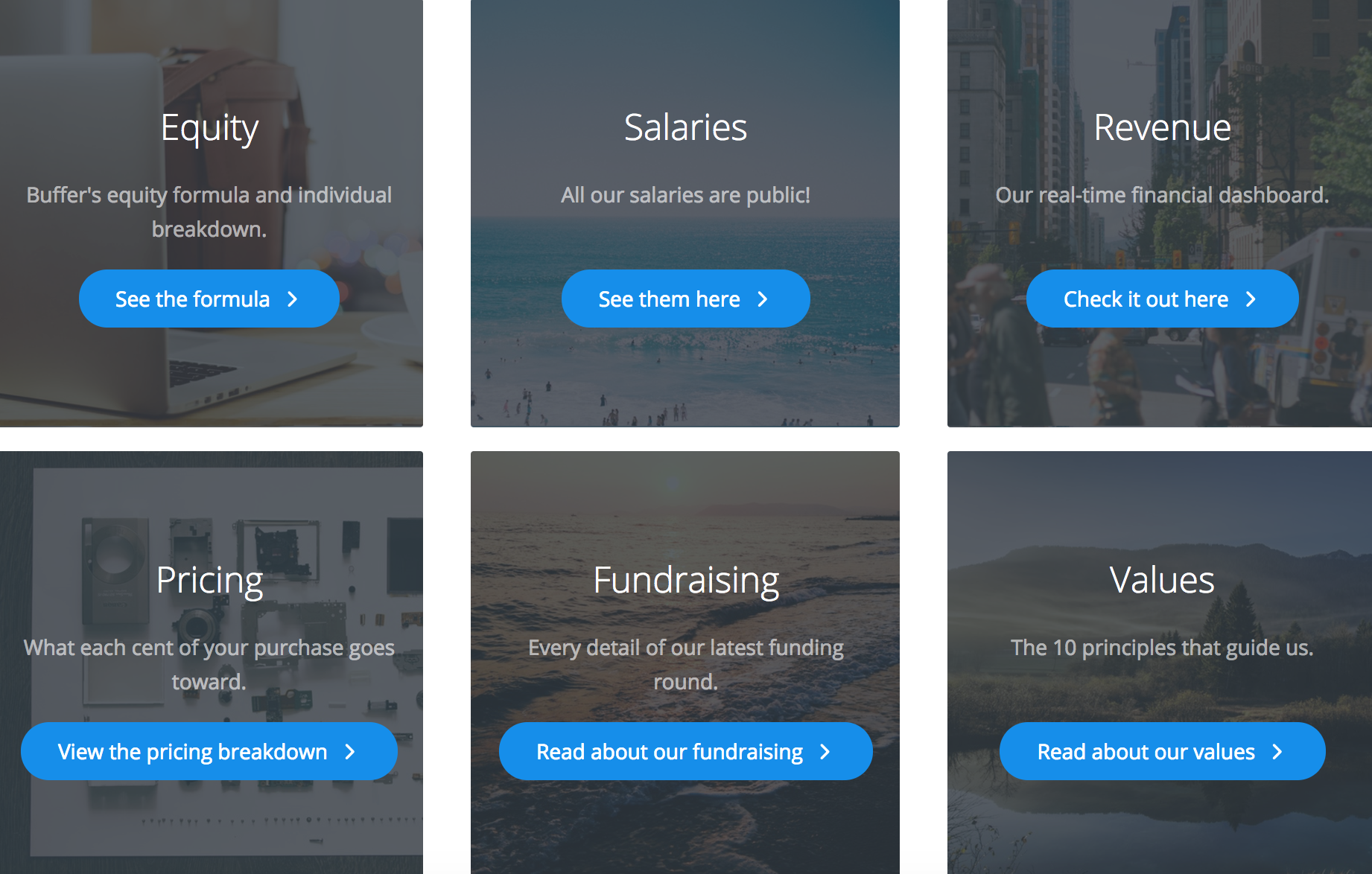

Even when times got tough in June 2016 and Buffer’s CEO Joel Gascoigne had to let go 10 team members (11 percent of the company), Joel openly apologised and took full responsibility on a public blog post here.
How many other CEOs transparently own up to mistakes, versus sweep their bad news under the carpet?
3. Groove
Groove offers helpdesk software for small businesses and its founder Alex Turnbull passionately blogs about his startup journey and revenue. From learning growth tactics to producing online courses, and from writing VIP email scripts to managing remote teams, Alex openly shares everything on his tell-all blog, which is Groove’s number one driver of new customers to their business.
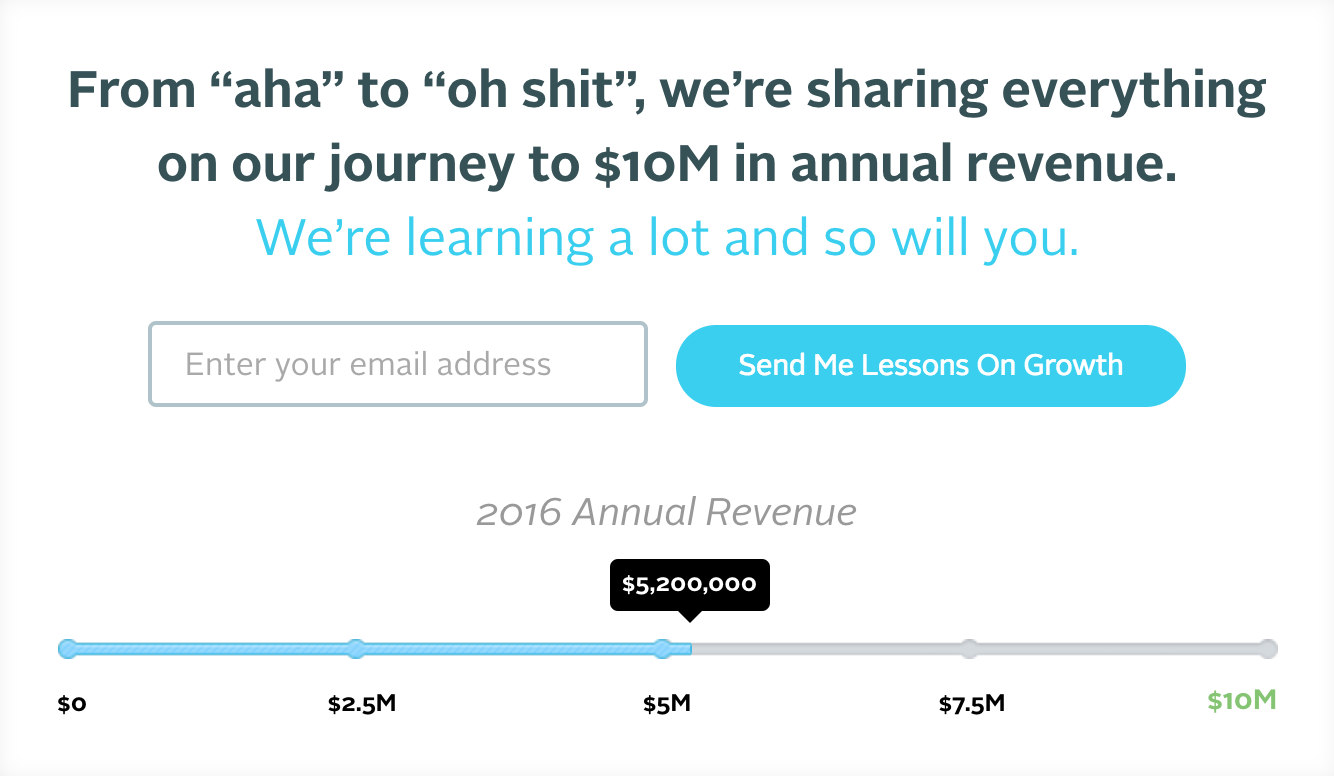
4. Baremetrics, ConvertKit and Ghost
Baremetrics is an analytics and insights platform that shares it’s ‘live’ revenue, charges and refunds feed for all to see:

But not only does the company cleverly use its platform to share it’s own metrics, it also makes it easy for their customers to do the same. Their Open Startups section shares data from companies such as ConvertKit and Ghost, who’ve opted into the transparency ride.
ConvertKit is a hugely successful company which offers email marketing for professional bloggers. Baremetrics reports show that ConvertKit currently makes US$627,990 MRR, which is an incredible achievement given how many email marketing products are on the market.
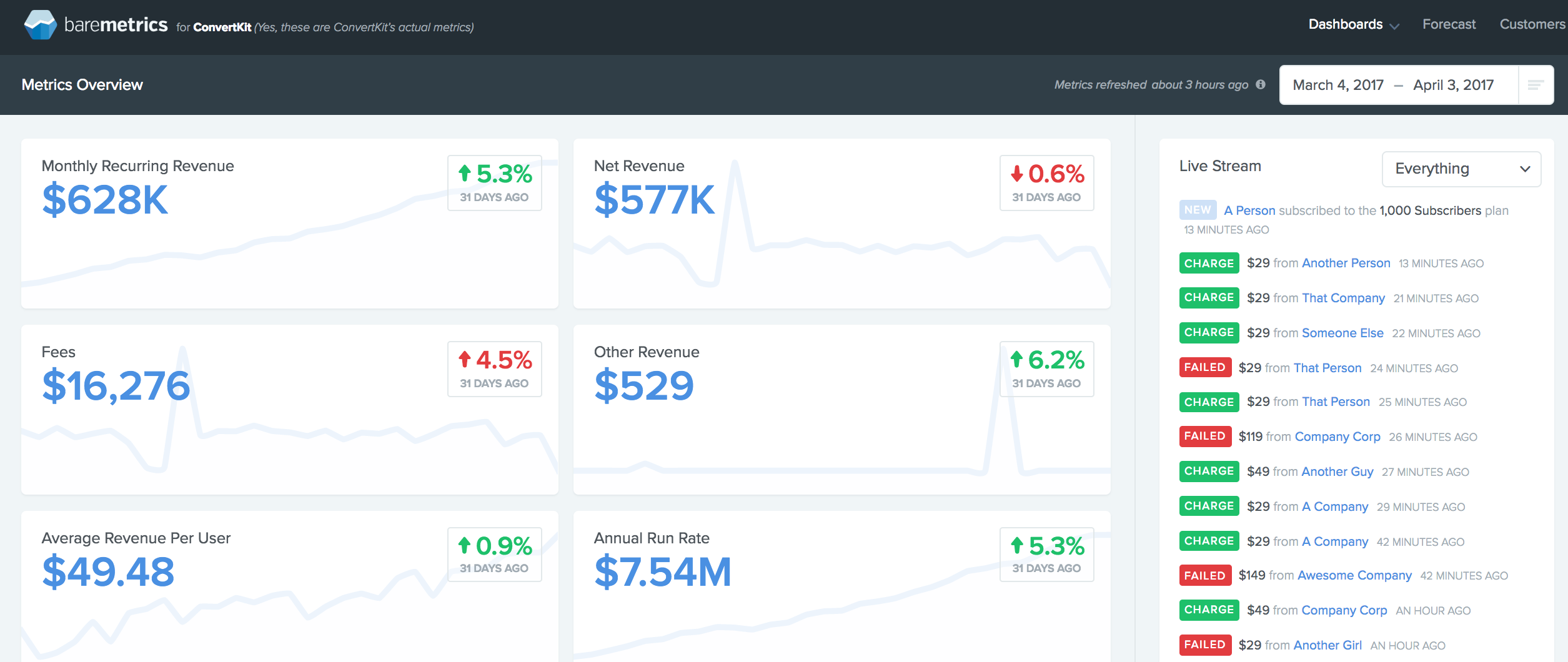
Ghost is a non-profit organisation which offers open source, professional publishing platform. Baremetrics reports shows that Ghost currently generates an impressive US$56,686 MRR.
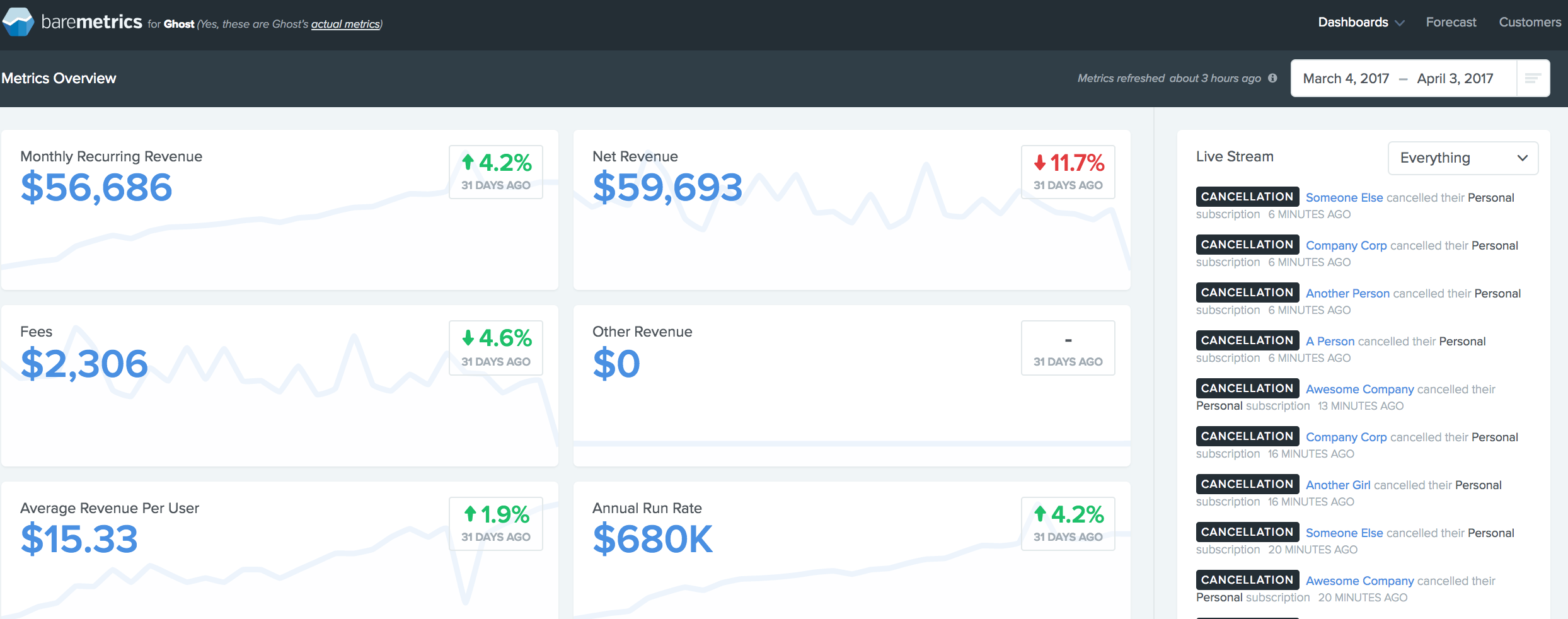
5. Pinch of Yum
Any food blogger who can bring in nearly US$100,000 MRR is already a star in my books, but sharing their exact figures, their business and personal hurdles, has to be admired.
Cue Lindsay and Bjork Ostrom, food bloggers who openly share their monthly income reports online, as well as their personal journey (including their recent pain over the death of their sweet son Afton).

Want to see more?
If you’d love to read more case studies, check out Anil Agarwal’s BloggersPassion summary, where he links to Pinch of Yum bloggers Lindsay and Bjork, as well as ten more sources of income report inspiration:
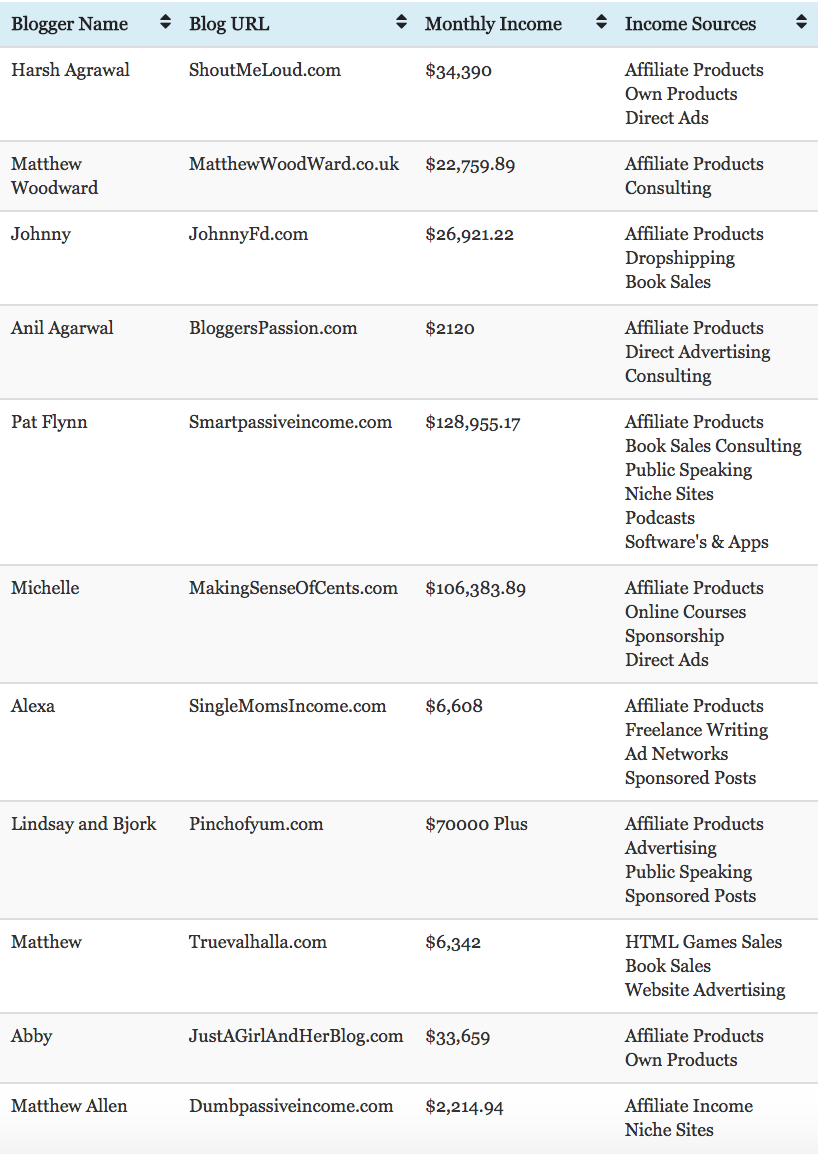
What is Trigger?
Trigger is a time tracking, project management and invoicing solution - perfect for creative agencies and consultancies who want to start tracking time and stop losing money.
We aspire to blog transparently about our revenue and startup journey, so watch this space and we may just tell all in the near future.
Thanks for visiting!